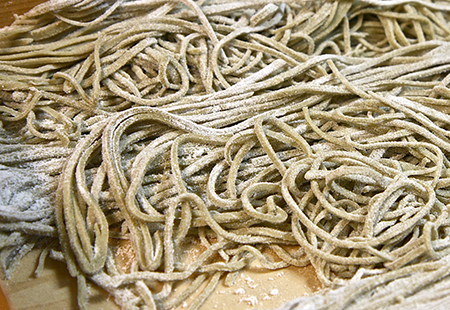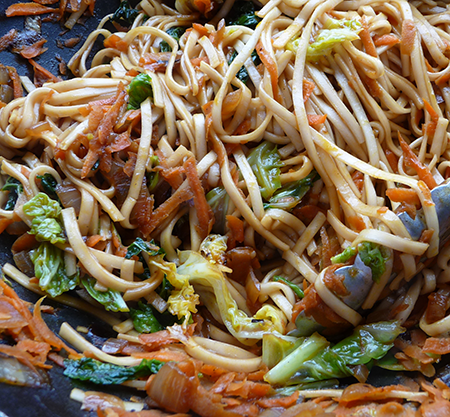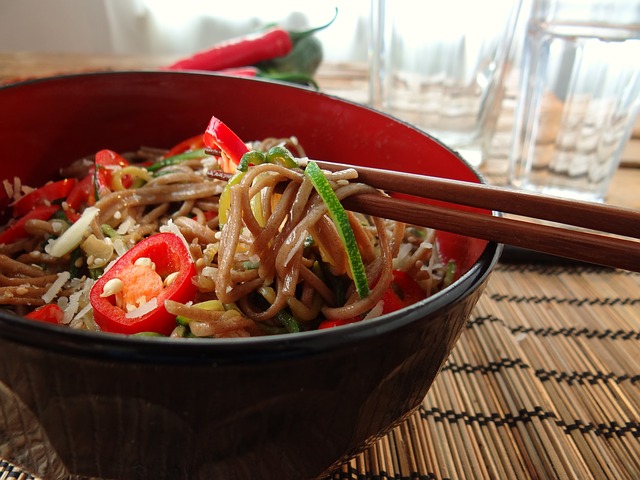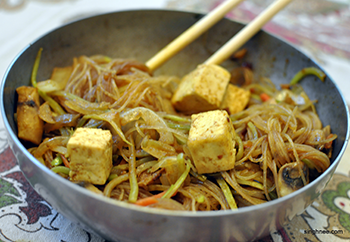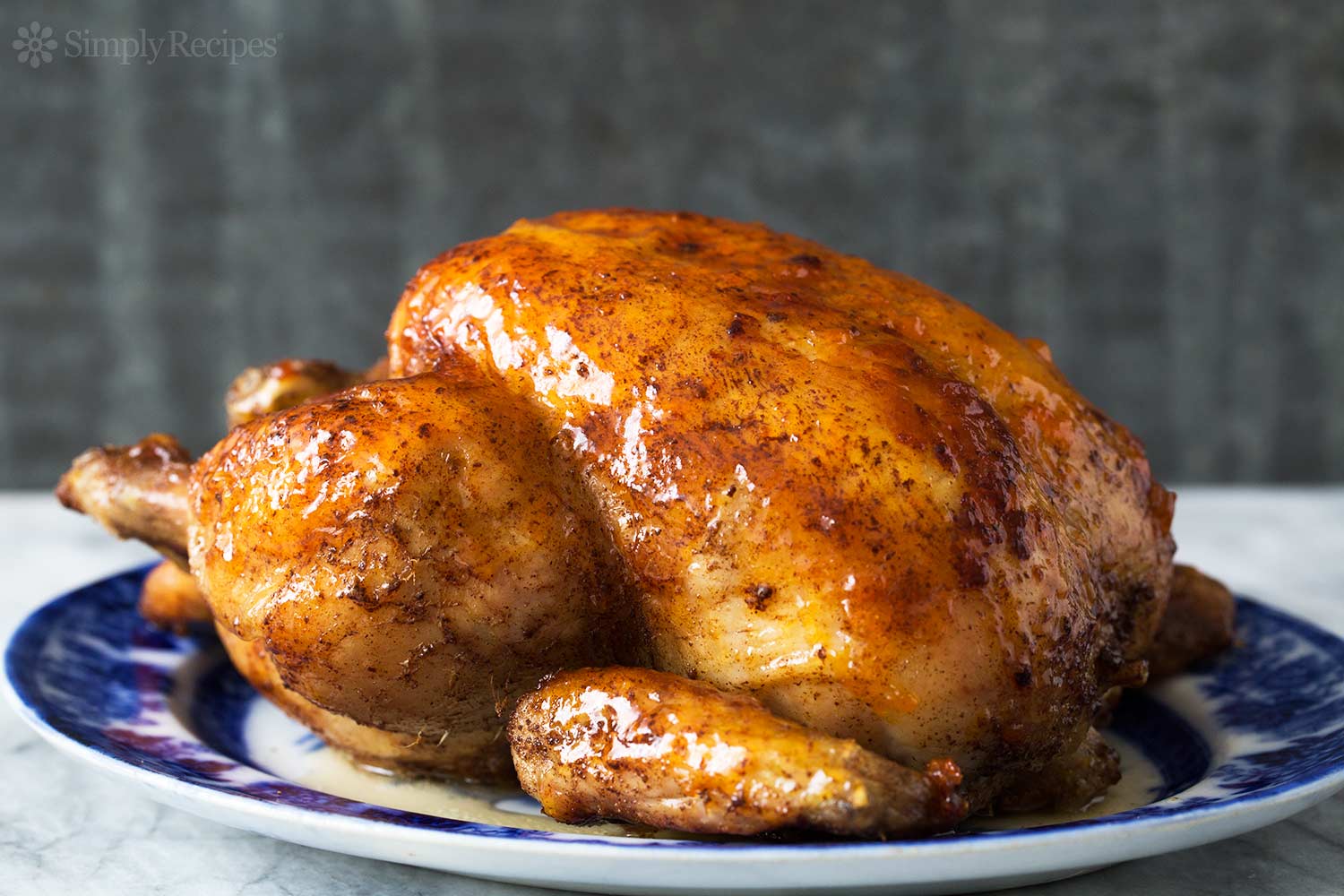Soba is the Japanese term for buckwheat, and so soba noodles are in fact buckwheat noodles. It is a thin, brown noodle slightly smaller than spaghetti, and in Japanese food are often served cold or in hot soup.
There are a few different types of soba noodle, depending on when the noodle is harvested, with freshly-harvested soba being sweeter than and having more flavour than older soba.
Soba noodles are eaten across every class of Japanese society.
Soba noodles are bought in packages, and can be found at Asian grocers and often in supermarkets. You can use soba noodles in any way you like, however the flavours do go well with Japanese dishes and recipes.
Cooking tips for soba noodles – you need to read this
Soba noodles have a habit of becoming sticky once cooked, due to the starches in the grain. To avoid this, before cooking soba noodles, wash them, but after cooking, wash them again and rub the starch off.
To cook soba noodles, get a big pot of unsalted boiling water. Add the noodles and stir to separate and ensure all are under water. Keep the noodles at a very low simmer, and set the kitchen timer to whatever the packet says. Add cold water a couple of times to keep the temperature low if your pot is boiling too much.
While they are cooking, prepare a large bowl of cold water and your colander/strainer. Soba noodles should be fully cooked, not el dente and not mushy. Cooked through. Pull a noodle out to check one the minimum time is up, and once you are satisfied that the noodles are cooked properly, drain in the colander, and then add to the bowl of cold water (cold tap water is fine).
Now you want to stick your hands into the noodles in the bowl, and and rub all the starch off with your fingers. Don’t be dainty here; get amongst it. Then, drain the noodles again through the colander, and serve either cold, or to heat them up before serving, dunk them in hot water for a moment to add to soups or hot dishes.
The two ways to do this are either just rinse thoroughly under the cold tap before serving, or if you really want them really fancy, do two bowls of cold water to really get them super starch-free. Don’t over-handle your soba noodles, or they can end up becoming a bit sticky or broken.

